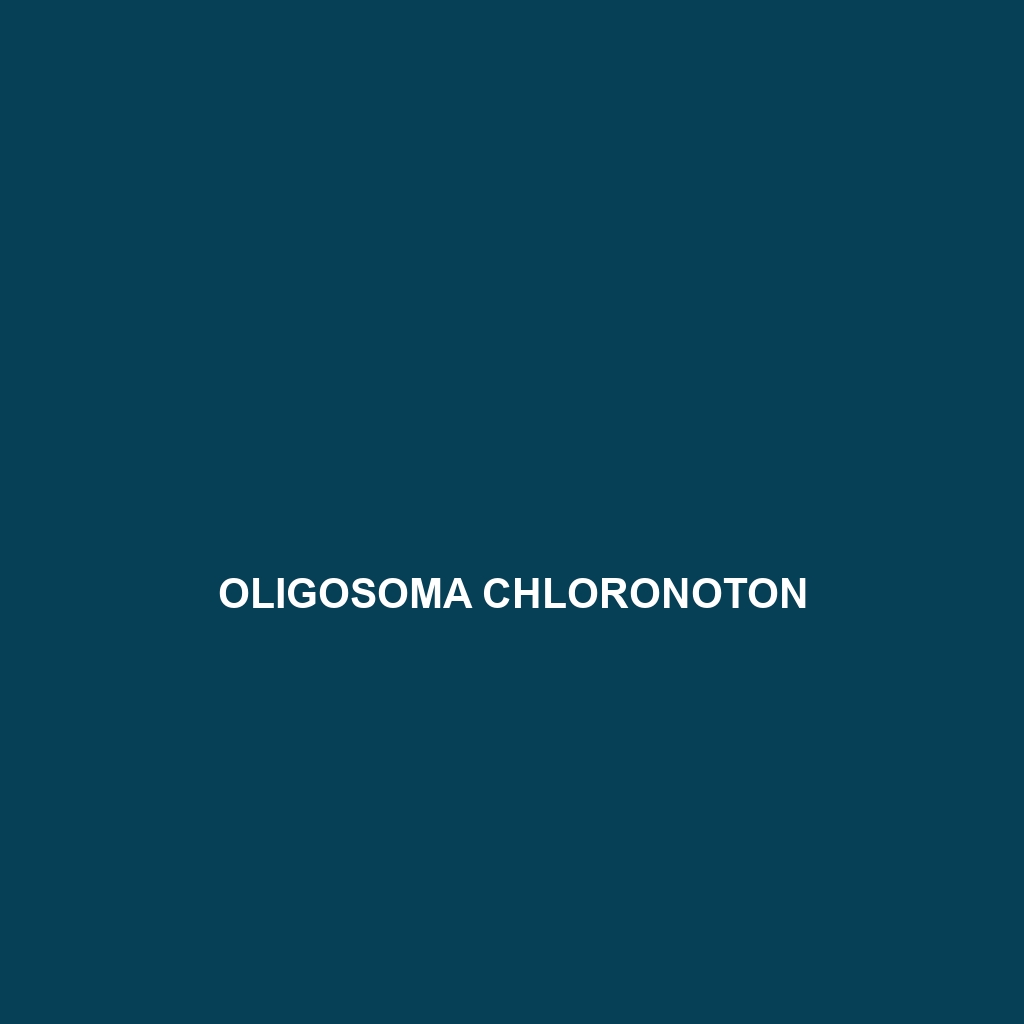Common Name
Oligosoma chloronoton
Scientific Name
Oligosoma chloronoton
Habitat
Oligosoma chloronoton, commonly known as the green skink, is primarily found in the temperate climates of New Zealand, specifically on the North Island and South Island. This species thrives in a variety of habitats including temperate forests, grasslands, and shrublands. Their presence is particularly notable in areas characterized by a moist environment, where they can often be found basking on rocks or logs. The lush vegetation in these habitats provides ample cover and nutritional resources, making it an ideal setting for their growth and reproduction. Additionally, they are sometimes spotted in human-altered environments such as gardens and parks, highlighting their adaptability to various ecological conditions.
Physical Characteristics
Oligosoma chloronoton exhibits distinctive physical traits that make it easily recognizable. Adult individuals typically reach a size of up to 15 cm in length, featuring a slender body and elongated limbs. Their coloration is particularly striking; they boast a vibrant green hue with darker spots and stripes, which offers excellent camouflage against their natural surroundings. These lizards possess smooth, shiny scales that reflect light, further enhancing their striking appearance. One unique characteristic of the green skink is its ability to shed its tail as a defense mechanism, which can regenerate over time. This feature, alongside their characteristic bright coloration, makes Oligosoma chloronoton a captivating species for both researchers and wildlife enthusiasts alike.
Behavior
In terms of behavior, Oligosoma chloronoton displays a range of fascinating traits. Primarily diurnal, they are most active during the day, basking in the sun to regulate their body temperature. During the warm months, the green skink tends to exhibit social interactions, engaging in territorial displays and mating rituals. Their mating season occurs in the spring, where males perform intricate courtship dances to attract potential mates. Interestingly, they are also known to exhibit a communal behavior, with multiple individuals basking together in suitable locations. When threatened, these skinks are capable of rapid movement and may retreat to burrows or under fallen leaves, demonstrating both agility and a level of caution in their social interactions.
Diet
The diet of Oligosoma chloronoton primarily consists of small insects, which categorize them as insectivores. They enjoy a variety of prey, including beetles, ants, and other arthropods. These lizards have developed sharp eyesight that allows them to spot their food from a distance. Foraging occurs mainly during the day, with individuals actively hunting for food among leaf litter and shrubs. In addition to insects, they may occasionally consume plant material, particularly during the dry season when other food sources are scarce, showcasing a slight omnivorous tendency that aids them in survival.
Reproduction
The reproductive cycle of Oligosoma chloronoton is marked by a fascinating series of events. Breeding typically takes place in the late spring, and after a gestation period of about 4 to 6 weeks, females lay a clutch of 2 to 5 eggs in a hidden location, often under rocks or logs. The eggs are approximately the size of a grape and buried in damp soil to maintain the necessary humidity for development. After about 60 days, the hatchlings emerge, which are miniature versions of adults but usually lack the same vibrant coloration. Parental care is limited once the offspring hatch; however, the initial stages of their life are crucial, as they must quickly learn to evade predators and adapt to their environment.
Conservation Status
The conservation status of Oligosoma chloronoton is classified as “Least Concern” according to the IUCN Red List. However, the species faces potential threats from habitat loss due to urbanization and the introduction of invasive predator species. Conservation efforts are underway to monitor populations and habitat preservation, enhancing public awareness about the ecological importance of local lizard populations. Efforts to maintain their natural habitats in both urban and rural settings are crucial for sustaining the population of this charming species.
Interesting Facts
There are several interesting facts about Oligosoma chloronoton that showcase its unique adaptations and behaviors. For instance, they possess a remarkable ability to change their skin color slightly in response to environmental changes, aiding in camouflage and temperature regulation. Furthermore, their rapid locomotion allows them to evade larger predators such as birds and snakes, a survival skill that enhances their longevity. Observations have also shown that these lizards can communicate through body language, using postures and movements to convey messages to one another.
Role in Ecosystem
Oligosoma chloronoton plays a significant role in its ecosystem by contributing to the control of insect populations, acting as a natural pest control agent. Additionally, as part of the food chain, these lizards serve as a food source for various birds and mammals, helping to maintain ecological balance. Their activity aids in soil aeration, which benefits plant life and contributes to the overall health of the temperate forest and shrubland ecosystems. Due to these interactions, Oligosoma chloronoton can be considered a vital component of its habitat, promoting biodiversity and ecosystem resilience.
